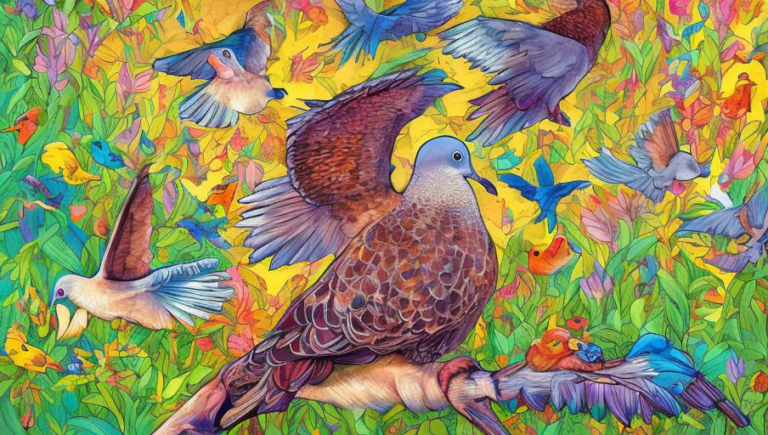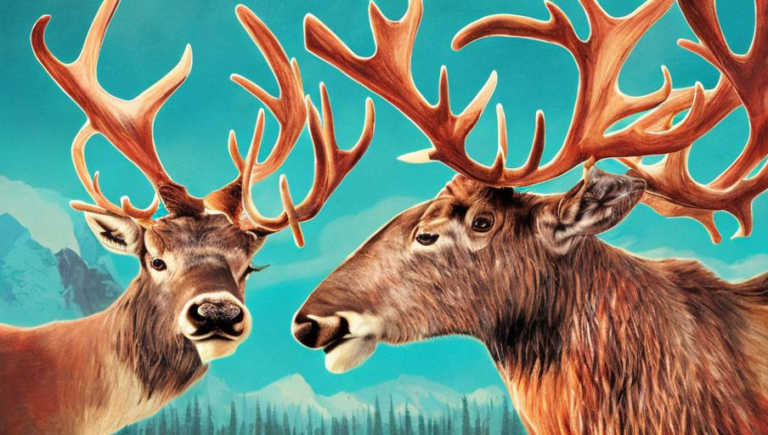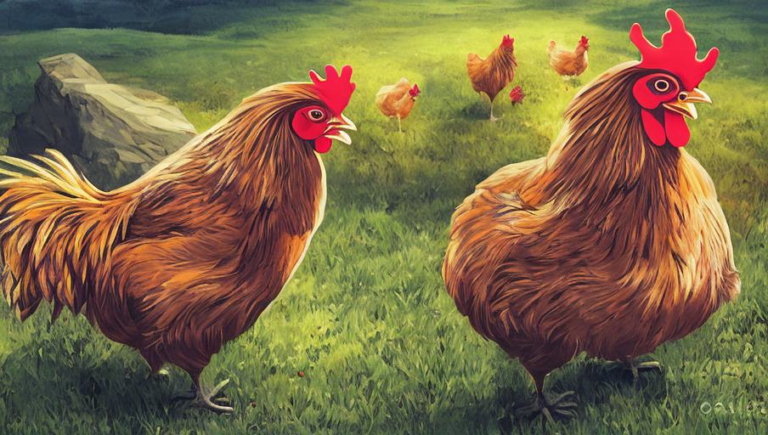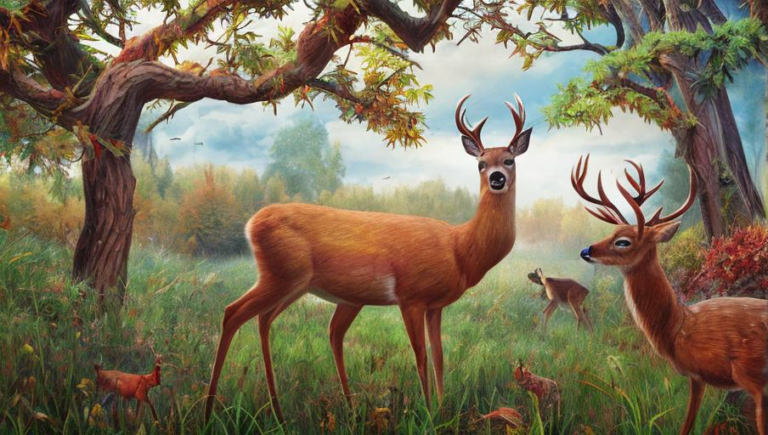Journey of the Cormorant
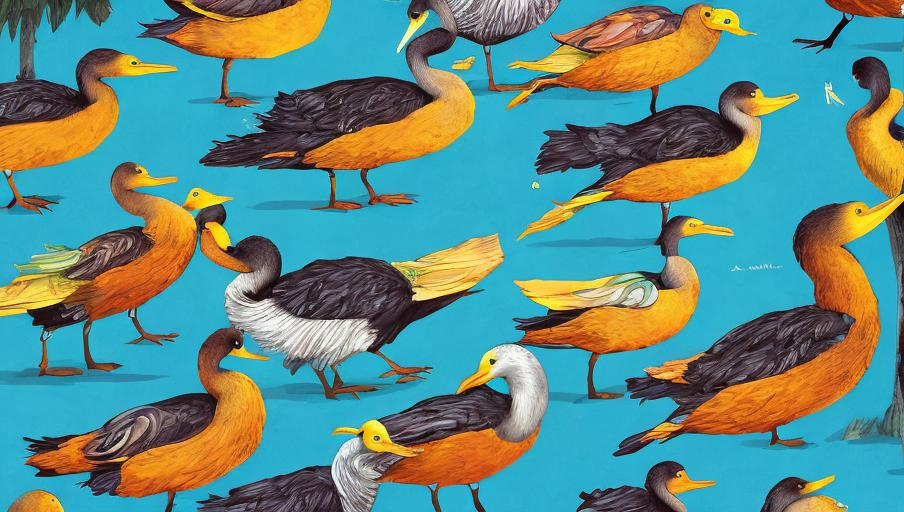
Journey of the Cormorant
Cormorants are a group of aquatic birds found around the world. They are well known for their ability to dive deep underwater in search of food. Cormorants are also known for their unique way of drying off after diving and swimming. They spread their wings and are often seen perched on rocks or other objects, flapping their wings to dry off.
Cormorants have a wide range, spanning across the globe. In North America, they can be found along the coasts of the United States, Canada, and Mexico. They can also be found in parts of South America, Africa, Asia, and Europe. In some parts of their range, they are considered a resident species, while in other parts they are migratory.
Habitats
Cormorants inhabit a variety of aquatic habitats. They are mainly found in coastal waters, estuaries, and freshwater lakes and rivers. They are also found in brackish and saltwater marshes, wetlands, bays, and inlets. Cormorants can often be spotted in large flocks, floating on the surface or roosting in groups on rocks or trees.
Cormorants are also known to inhabit coastal mangrove forests in parts of their range. Mangrove forests are important ecosystems that provide food and shelter for many kinds of wildlife, including cormorants. They can often be seen perched on the branches of the mangrove trees, preening and drying their wings.
Cormorant diet
Cormorants are carnivorous birds, feeding mainly on fish, molluscs, crustaceans, and amphibians. They hunt for their prey mostly underwater, diving up to depths of 30 meters. They have a specialized respiratory system that allows them to stay submerged for up to 6 minutes. Cormorants are also known to hunt in flocks, using a technique called ‘coordinated hunting’ to increase their chances of success.
Conservation Status
Cormorants are not currently threatened, but their populations are declining due to habitat loss and overfishing. Conservation efforts are underway to protect their habitats and increase their populations. This includes creating artificial nesting sites, protecting areas of critical habitat, and establishing conservation areas.
The future of cormorants is uncertain, but with the help of conservation groups and individuals, we can ensure that these fascinating creatures will be around for generations to come.
